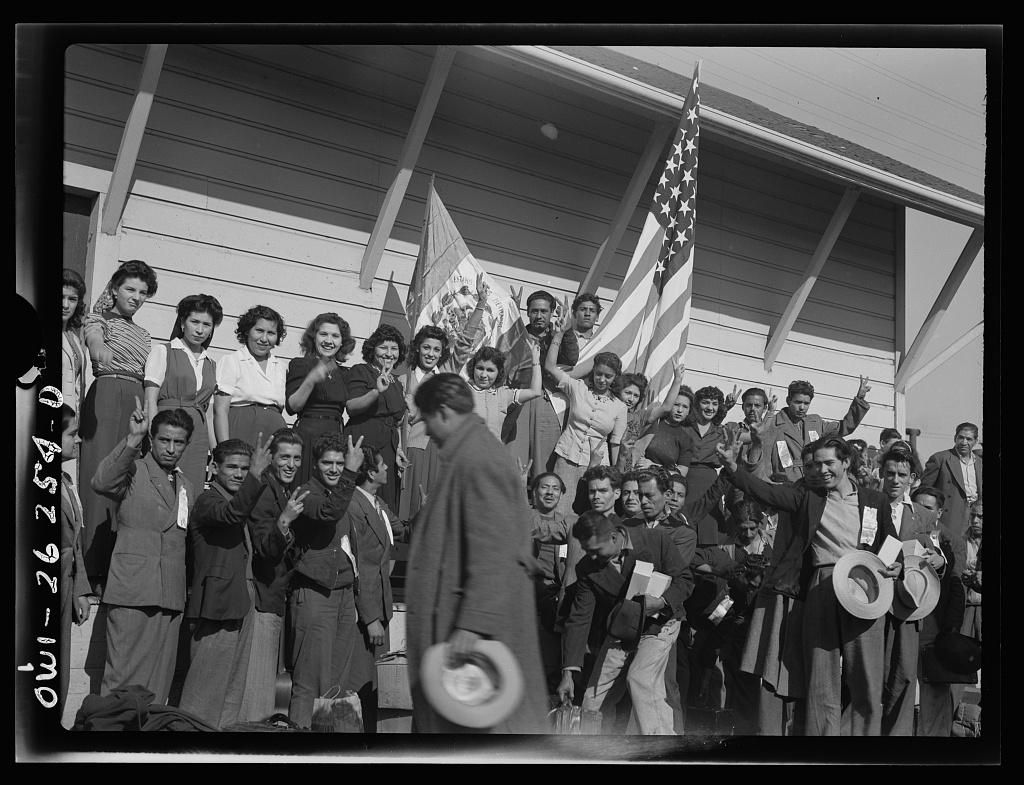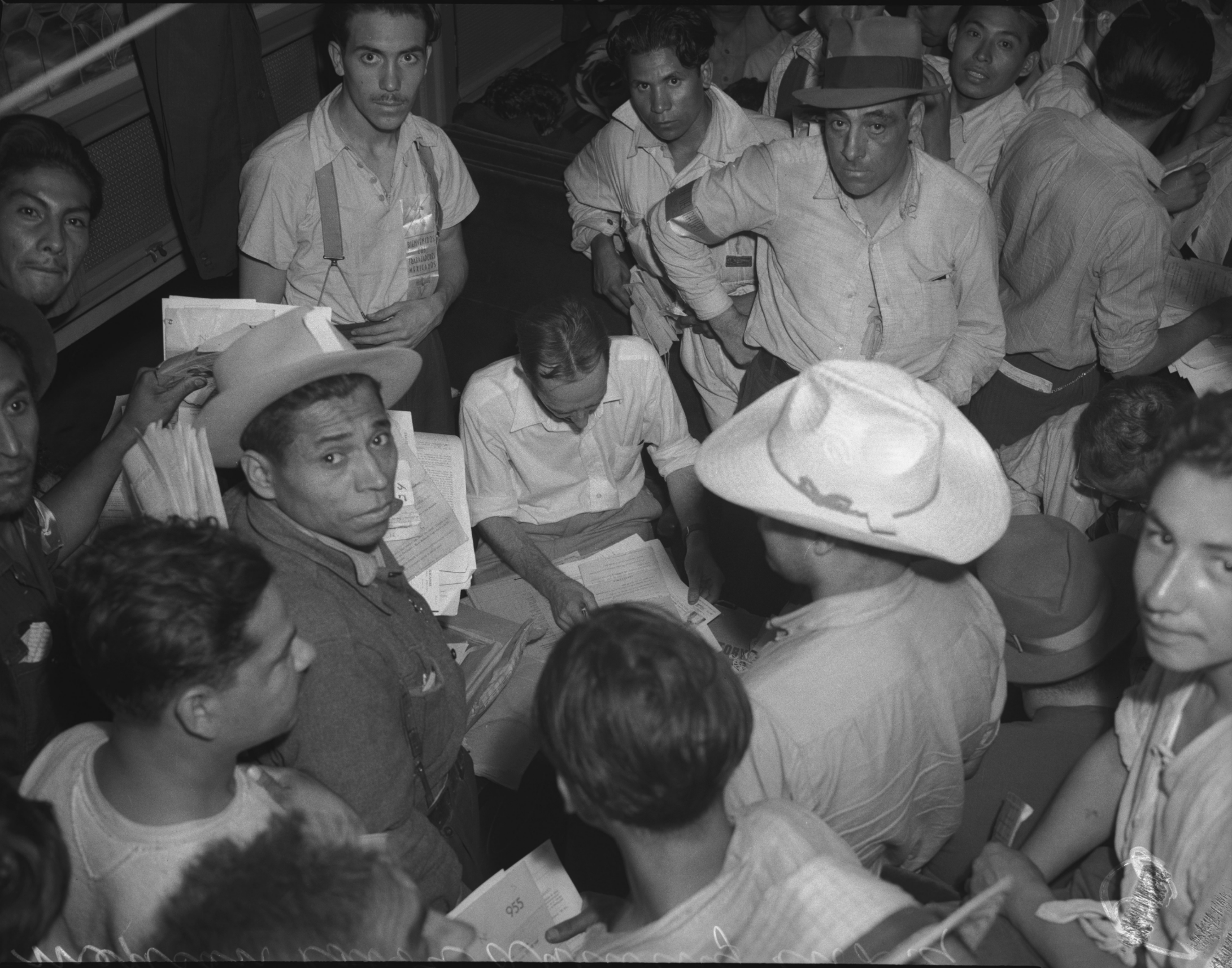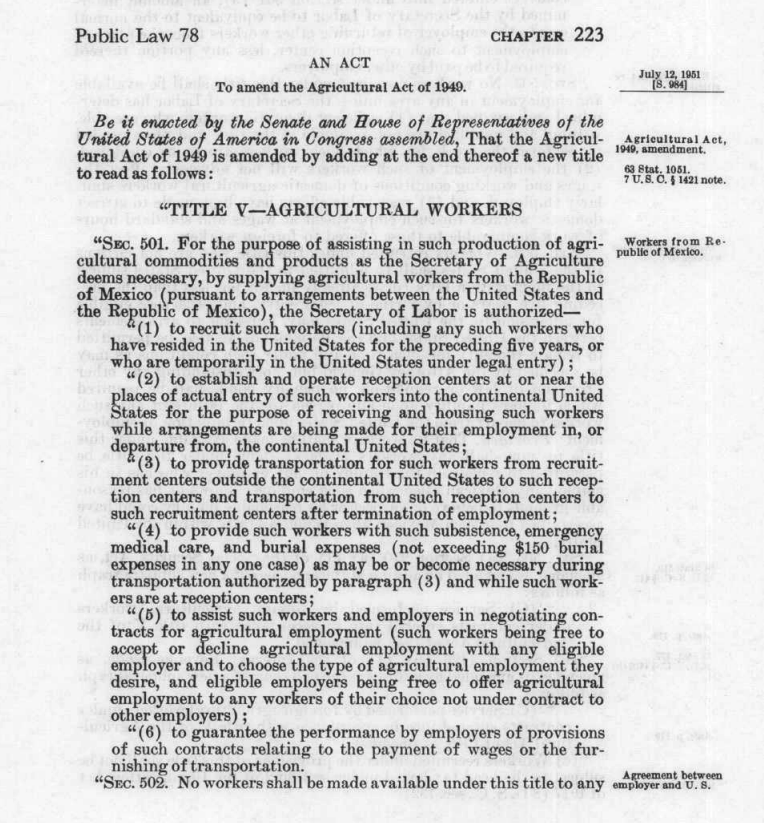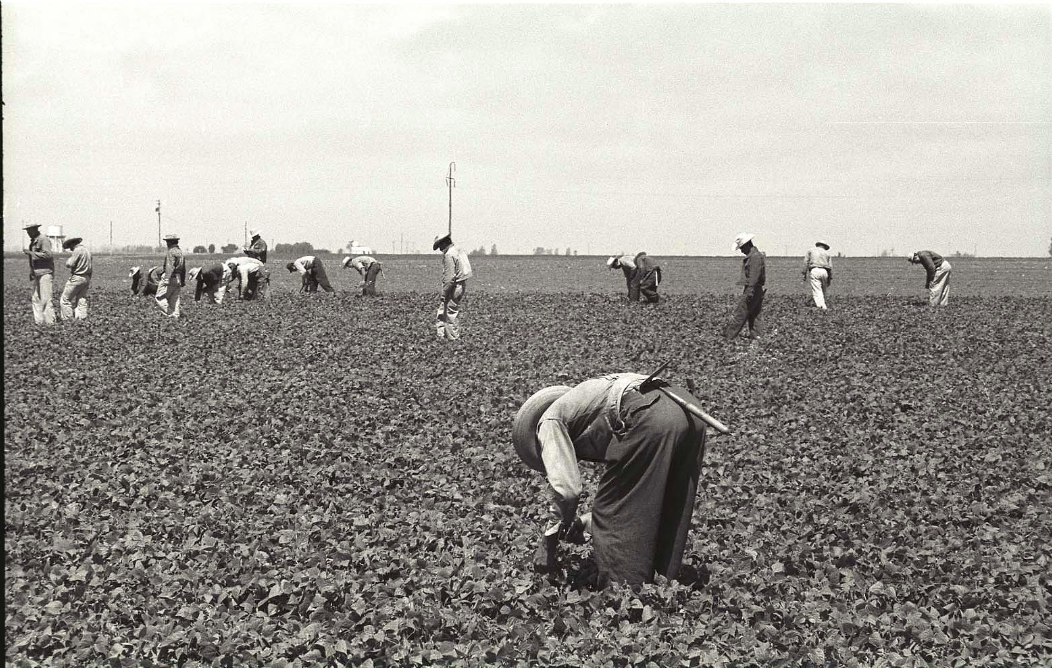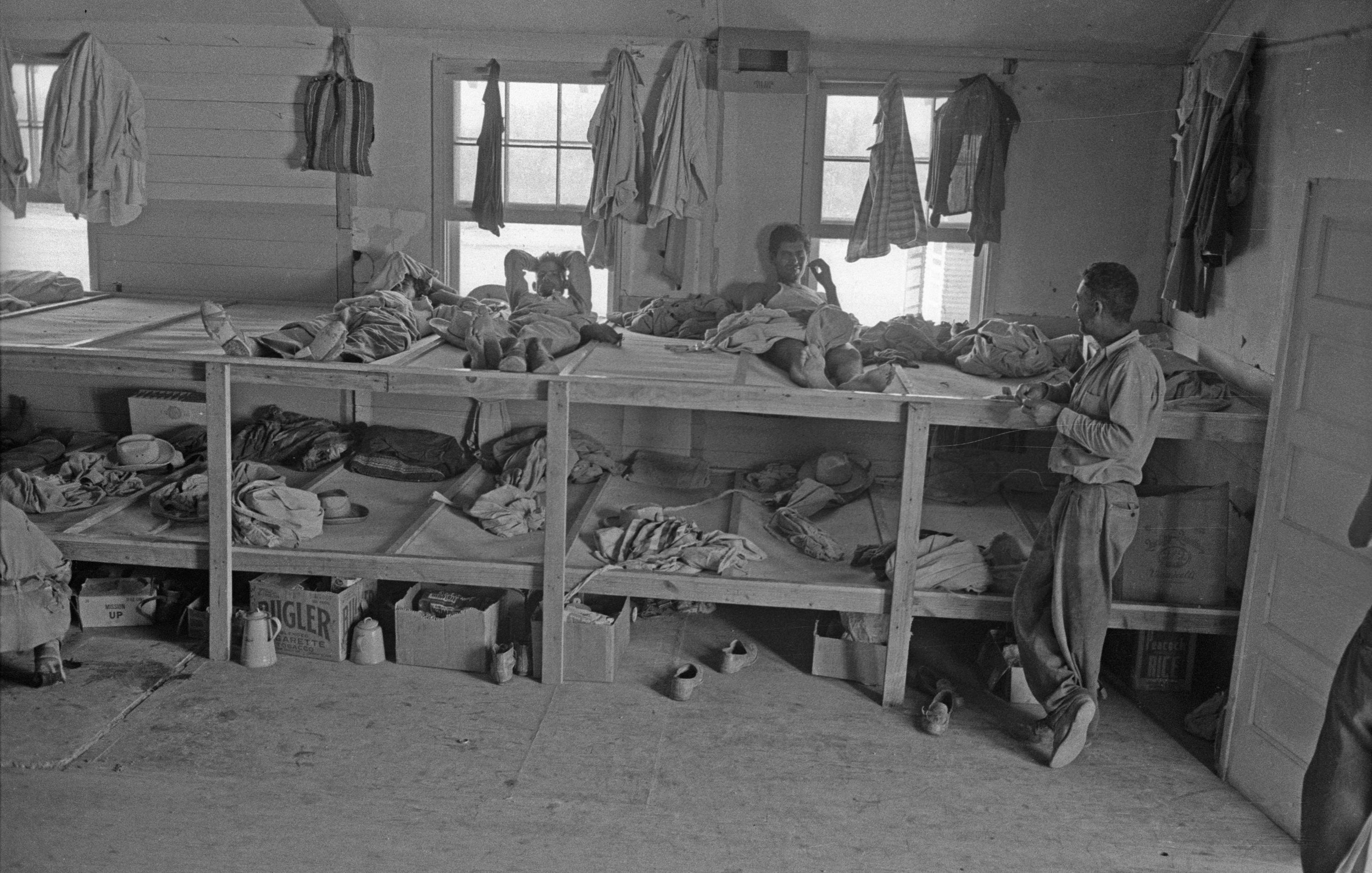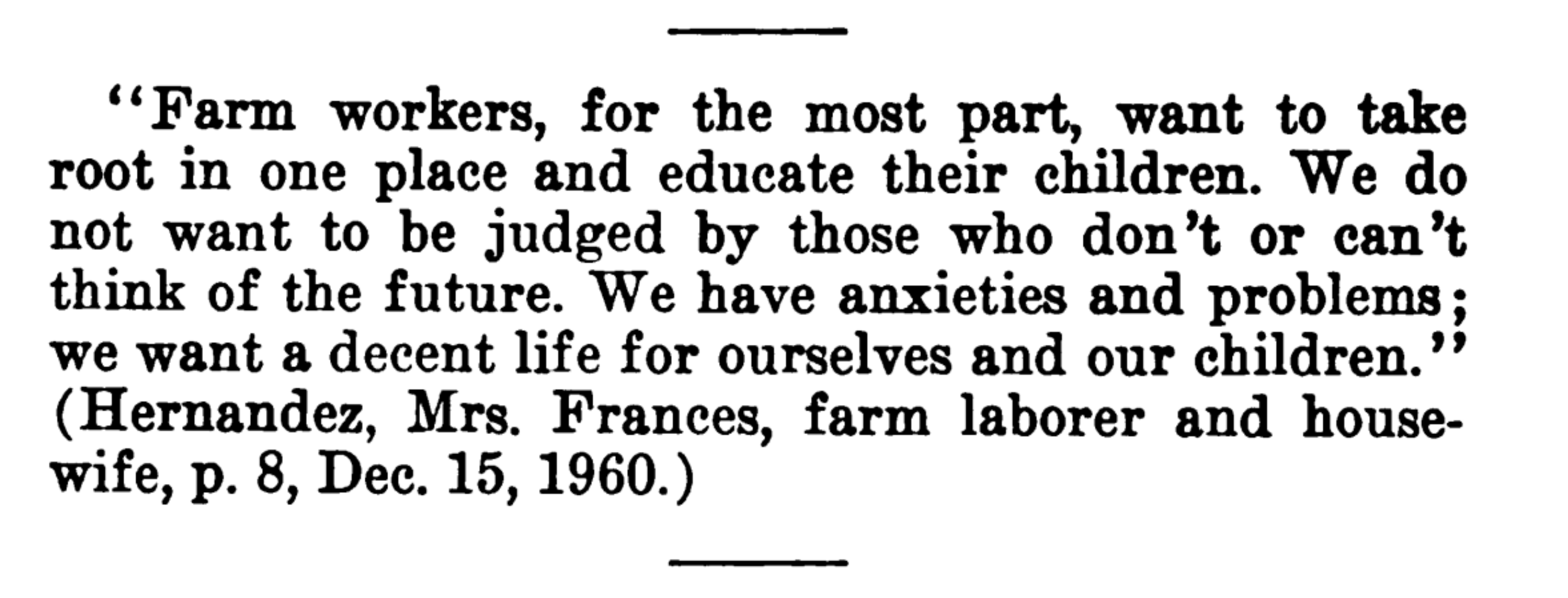The Bracero Program
Mexican, Chinese, Japanese, and Filipino farmworkers had been integral to western US agriculture since the 1800s. By the mid-twentieth century, California agribusiness had transformed US farmlands into some of the most productive in the world, due in large part to the exploitative Bracero Program that began in 1942 to fill labor shortages during World War II with Mexican migrant workers.
